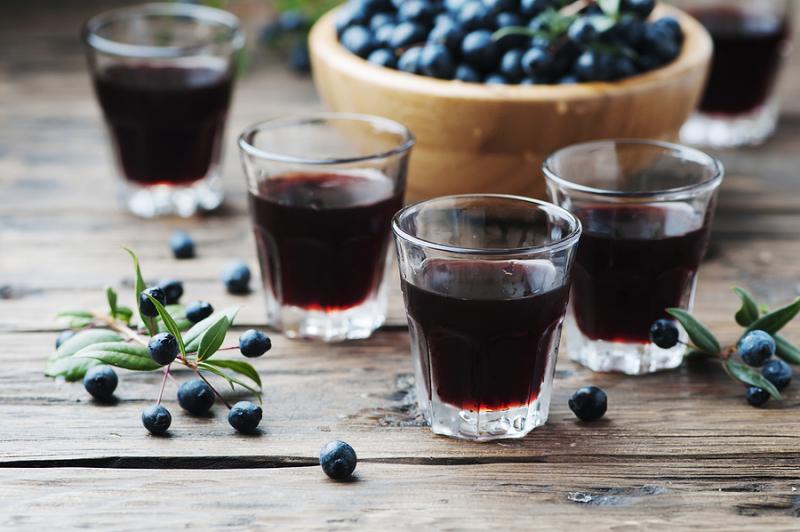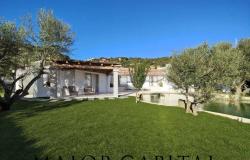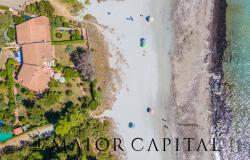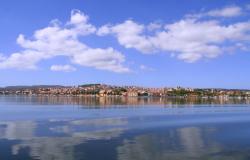Actor George Clooney thinks myrtle is his elixir of youth.
Interviewed by the weekly Oggi on set while filming the TV series Catch 22 in Olbia, Sardinia, he joked, “I love myrtle. I discovered it 20 years ago, but lately, drinking it every day for months, look at me: don’t I look younger?”
The popular liqueur made in Sardinia from the myrtle plant was part of the catering for the film crew during the Sardinia shooting of scenes from the miniseries based on the novel by the same name. Clooney produces and stars in it.
So what is mirto? Mirto is obtained from the berries of the myrtle plant, which grows throughout the Mediterranean, and is especially abundant on the islands of Sardinia and Corsica. It is made by infusing a base alcoholic spirit with fresh myrtle berries for 40 days, then filtered, pressed, bottled and aged. The base spirit absorbs the aromas, flavors and color of the berries.
The leaves and berries are mixed in variable proportion. There are two versions: the red myrtle, which is sweeter and made with berries of the black variety, and white myrtle, obtained from depigmented berries.
Myrtle plant and berries have long been used for their properties. The Greeks and the Romans used the plant to adorn their temples and cities, they replaced it with laurel to crown poets, they put it on brides around their necks, they shipped it to new colonies because they believed it brought luck. It wasn’t until the Middle Ages that its berries began being used to make beauty ointments that perfumed the body and were endowed with healing powers.
Eventually, in Sardinia, they used the plant to turn it into a liqueur, which is traditionally served at the end of the meal as a digestive aid, strictly chilled.
If you eat out in Sardinia, you’ll often be asked if you’d like a glass of mirto at the end of your meal.
Clooney, an adopted 'comasco' (resident of Lake Como) has expressed his appreciation for other typical products of Sardinia before; he likes Pecorino cheese so much he apparently sent 32 kg of it home to Los Angeles for his friends to try, with the intention to eventually import it to the USA; and loves pane carasau, the traditional thin and crisp Sardinian bread; he says he could “eat tons of it.”












